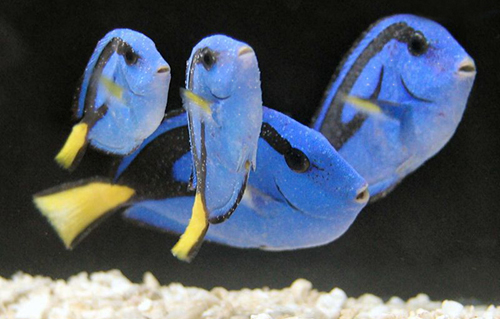
by Renee Coles-Hix
Whether you call it Ick, Ich, Cryp or Crypto, Cryptocaryon irritans is well known by every aquarist. Despite the fact it is discussed everyday on forums, and could possibly be one of the first words you heard when entering the hobby, there still exists quite a few inaccuracies when dealing with this parasite. Despite everyone’s awareness of its existence, many fish are still lost to this ailment.
The key to properly avoiding and/or treating fish infested with Ich is to fully understand its lifecycle. Better decisions can be made about treatment options through better understanding. It can mean the difference of a failed verses successful elimination of the parasite from your fish and your tank. It should also become apparent how this issue could be avoided altogether if a proper QT is performed.
 |
|---|
What is Ich
Ich is a ciliated protozoan found on the body and in the gills of fish. It is an obligate marine fish parasite, which means, without the host, their lifecycle cannot continue, and they will quickly die. They burrow under the skin of their host remaining hidden safely from our best efforts of irradiation.
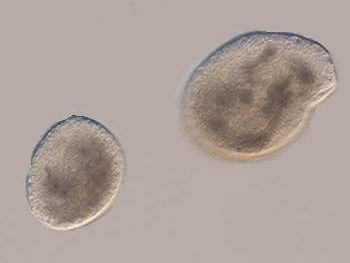 |
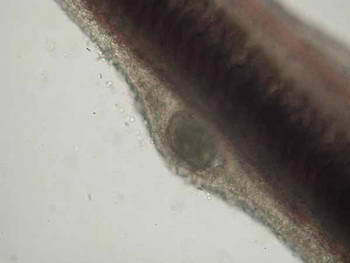 |
|---|
What’s in a name?
So, how did Cryptocaryon irritans come to be coined Ich? It probably has to do with the similarities between it and the freshwater variety Ichthyophthirius multifiliis. In 1961 it was actually named Ichthyphthirius marinus, however the researcher involved in the nomenclature didn’t realize at the time that his was not a new finding and the name crypto was actually given 10 years earlier. It has also, by some people, been placed in the family Ichthyophyophthiriidae. But you cannot be weighed down by the “correctness” of a common name. It is after all just that, a common name. It doesn’t have to be a shortened version of the scientific name.
Ich lifecycle
There are 4 distinct stages of the life cycle which typically last only 1-2 weeks when at a temperature of 24-27 degrees. Why then do we have to QT for longer? Because 1 – 2 weeks if the typical range; not the absolute. If you add up the maximum time frames of each stage below, you will find it can last up to 38 days.
Trophont stage (3-7 days)
Protomont Stage (30 mins to 24 hours)
Tomot Stage (3-28 days)
Theront Stage (12.5-48 hours)
These time frame ranges are a combine summary of the different times given by different researchers. Their variations are possibly due to different temperatures, conditions and even different strains that used during their observations.
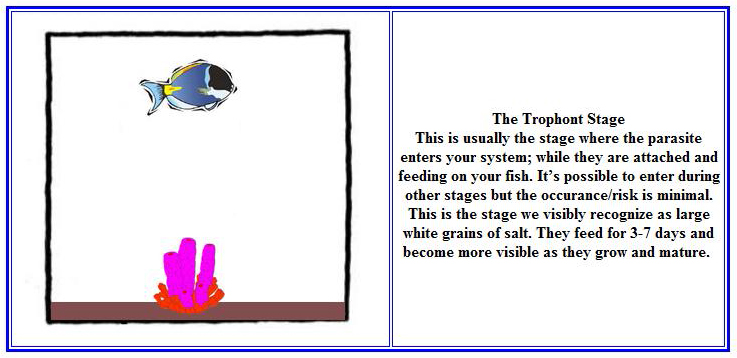 |
What to do if your fish and tank has Ich
There are many different treatment recommendations out there from chemical to environmental from foods additives to praying. After visiting 5 main online reef forums, I made a list of the more popular treatments practiced or recommended. But whether you choose to use pharmaceuticals right down the option line to garlic the fish MUST be removed from the tank and the tank is to lay follow for 6 weeks. ALL of the fish must be removed whether they are showing symptoms or not.
Symptoms include, but are not limited to:
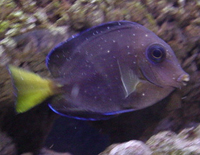 |
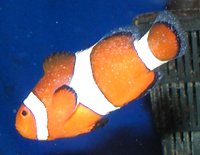 |
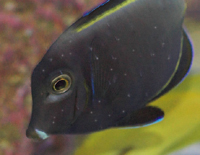 |
|---|
Treatments
Copper
Copper needs to be dosed in a bare bottom quarantine tank. The liverock and many of the substrates we use in our tanks are composed of calcium carbonate which can absorb the medication leading to sub therapeutic copper levels. I’m not going to give dosing instructions because it is very important to dose according to the instructions on the side of the bottle. Even if you follow the directions exactly you need to purchase a test kit for copper to monitor the levels daily. Too little will render the treatment ineffective and too much can easily kill your fish.
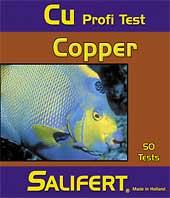 |
|---|
Copper, although very effective at combating Ich, is also known to be an immunosuppressive that can increase the chances of a secondary infection. Some fish are also sensitive to the treatment such as tangs, lionfish, puffers and mandarins, so it’s important to dose with caution or forego this treatment plan all together.
Hyposalinity
This treatment option is both effective and safe when used correctly. The salinity needs to be reduced to 1.009 – 1.010 to be effective. Some have recommended increasing the tank temp to 78-80 which should only be increased a couple of degrees from the display tank for the initial transfer. Further increase the temperature by no more than a couple of degrees a day until the desired temperature is achieved. Two weeks of this treatment should rid your fish of Ich but can be extended safely up to a month to be sure. The fish can be removed from the tank and be placed in the hypo-pH and temp matched tank without acclimation. It’s when you again raise up the salinity that it must be done so slowly with an increase of no more than 0.002 points per day. It is important to use at least a refractometer when lowering your salinity to this level. Swinging arms and floating hydrometers are not always reliable enough to perform this operation.
 |
|---|
Of all the treatment options this one is both effective and safe. Most others are either not safe or not so effective. Remember our goal is to treat the fish; not kill them.
Freshwater Dips
Dips are very effective against many types of parasites as a preventative treatment after purchasing the fish and before introducing him to the QT tank. They are, however, ineffective at eradicating Ich. The Ich needs to be in the free swimming stage and if they are in the encystment stage they can be there for 28 days in some instances. The fish cannot tolerate the dip (and actually it’s a bathe at that length, not a dip) for long enough to be effective. It may keep an episode of infestation down as it kills some of the parasites that are burrowing or erupting from the skin and not at such a deep level as to be protected by the fishes slime and skin layers.
Nitroimidazoles
These group of products are an anti-protozoan that claims to be reef-safe. Some say it works, some say it doesn’t, and yet others say 50/50 chance. If you want to give it a try do so in a QT tank.
Pepper Based Medications
This group is again touted as a reef safe alternative. They help fish repel the parasite by irritating the skin surface so that they produce more mucous. In the early stage this may help keep numbers down, but will not remove it from your system. It WILL rear its ugly head again if this is the only intervention you implement.
Secret Solutions
Then there are the products that say they cure Ich, are reef safe, and won’t list their ingredients. Don’t use these products; don’t put anything unknown in your tank, especially if these products do not have independent studies to confirm their claims.
Picky Critters
Some suggest keeping cleaner shrimp and wrasses and a methods of keeping Ich out of your system. While it is true these critters will pick at parasites, there is no way they can eradicate them from your system. Many of the protozoans are deep within the layers of skin on the fish…. deeper than any cleaner or wrasse will be able to go. There just are not very many natural predators of Ich out there because these huge infestations do not exist in the wild.
Garlic
I see this suggestion very repetitively in the battle against Ich. It does nothing to combat Ich itself but it can help with immunity so the fish can better fight off the infection. This should not be the only intervention and should be considered as effective as vitamin “C” against the cold.
Natural Immunity.
Fish can actually develop immunity after an exposure of Ich that can last up to 6 months. This immunity can help then ward off large infestations, however low level infestations are allowed to exist. The typical white spot may go unnoticed as there is only a scattered and intermediate spot. Then when something occurs in your tank to stress your fish, their immunity drops and more parasites attach to feed. The numbers get out of control and then it becomes apparent that you have a problem.
With the proper QT, we can all have Ich free tanks. However, in most situations, if you find yourself in the middle of an outbreak, with the proper treatment your fish can overcome and thrive.
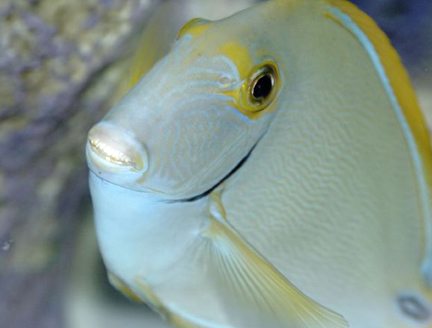 |
|---|
Photo Credit: Special thanks to Mark Oerkfitz and TJ Avitabile for use of their pictures.